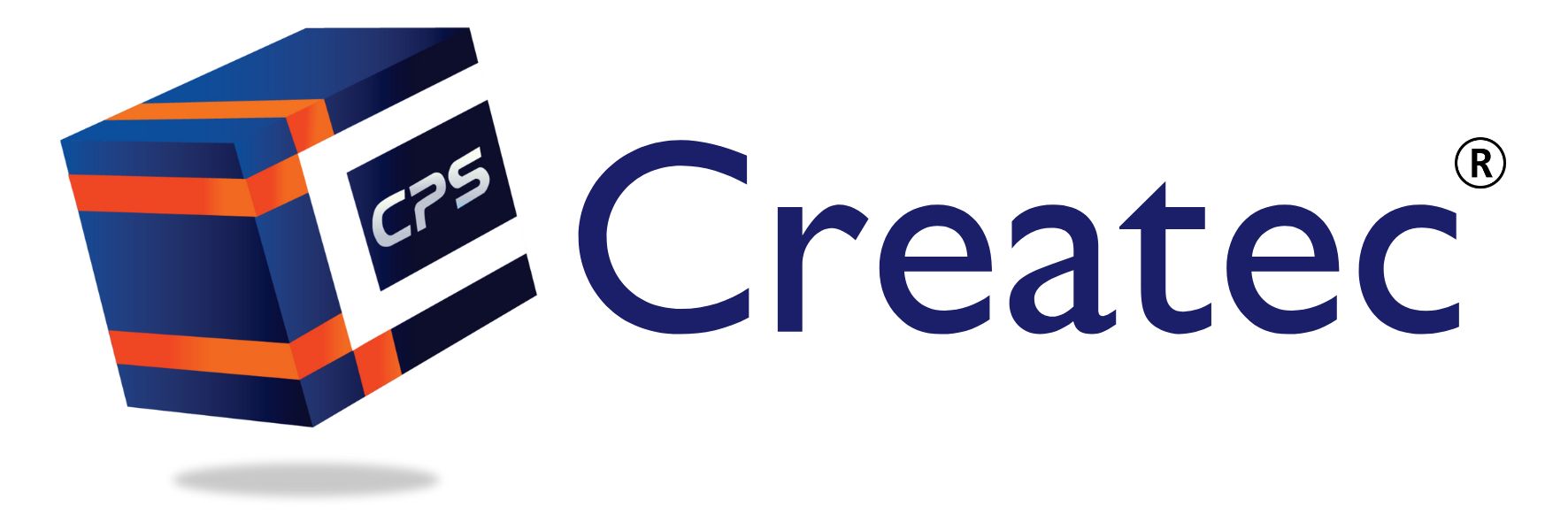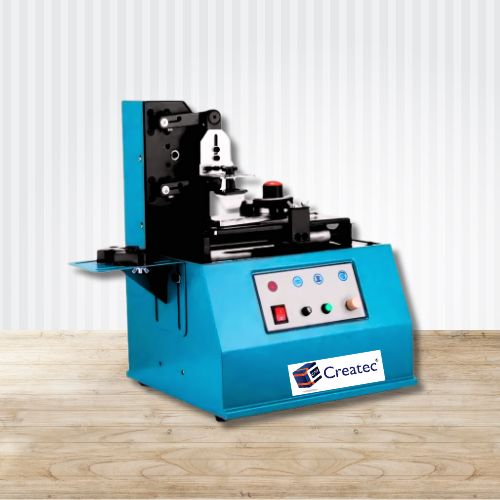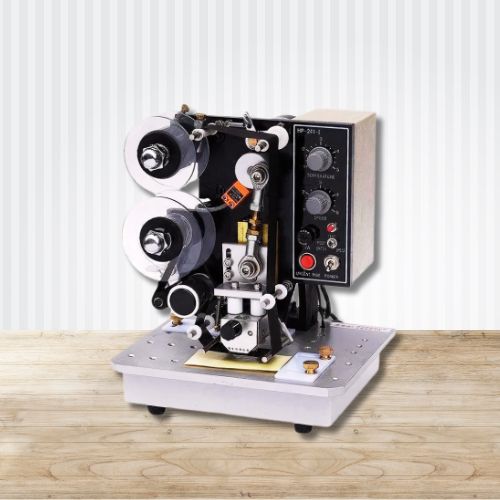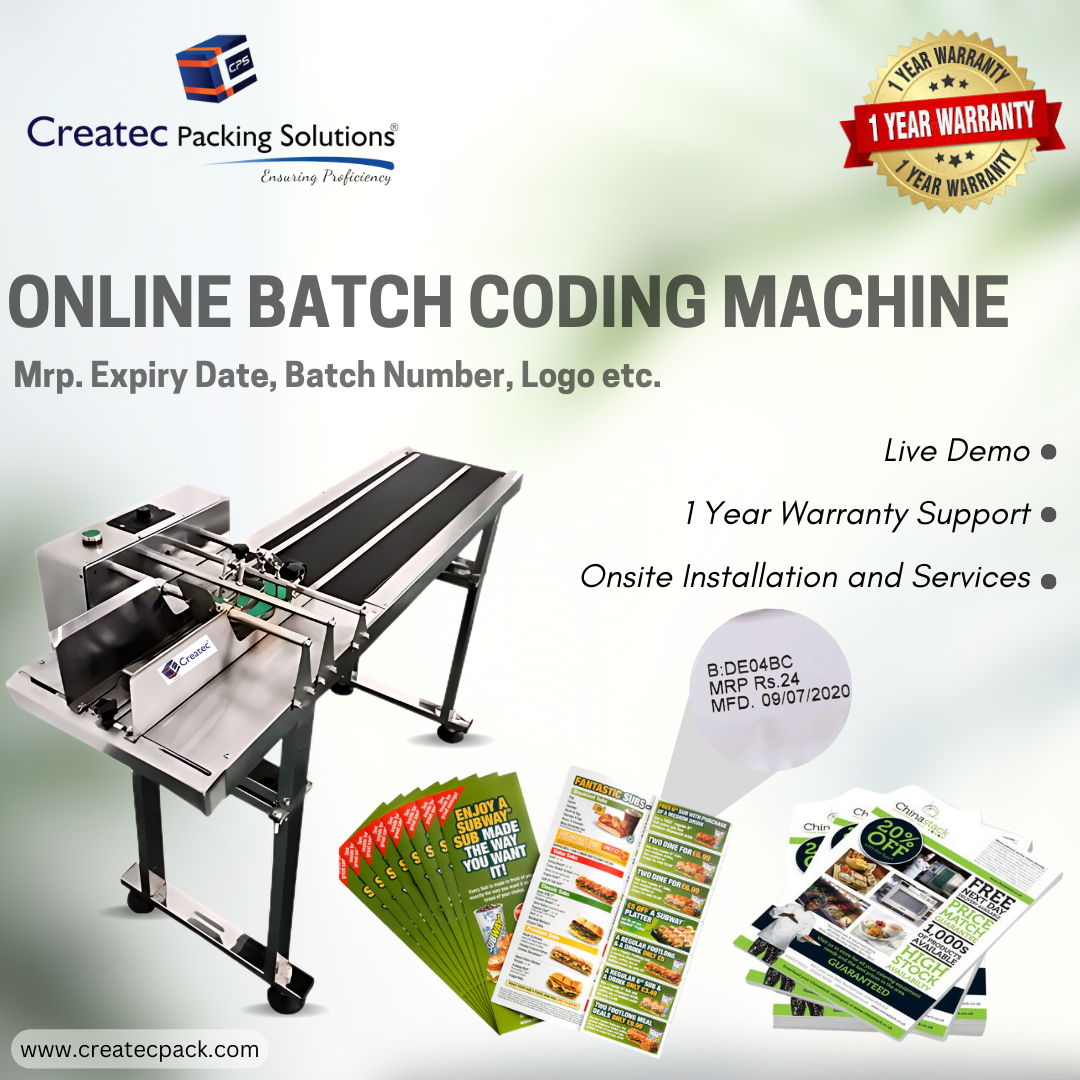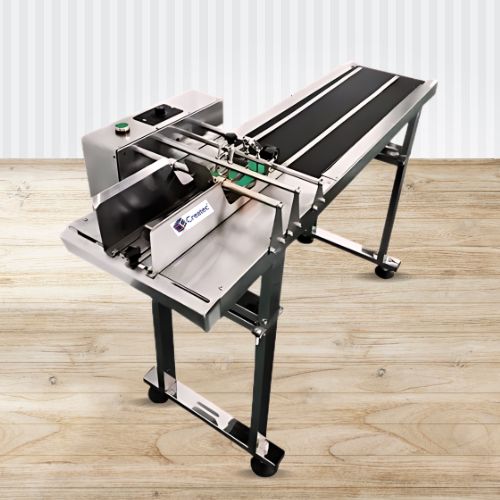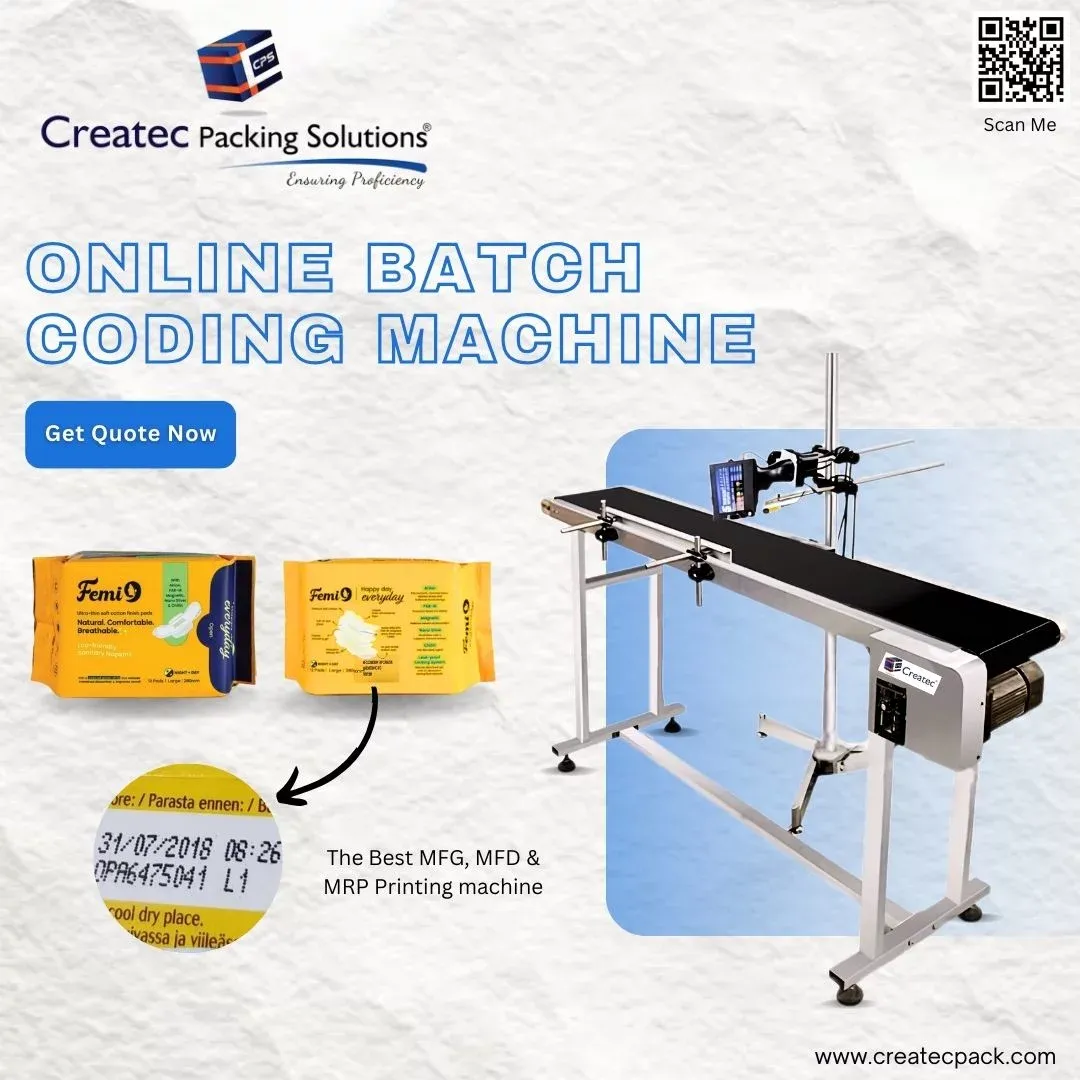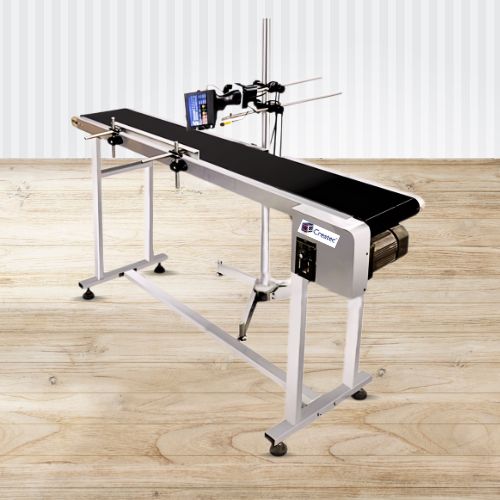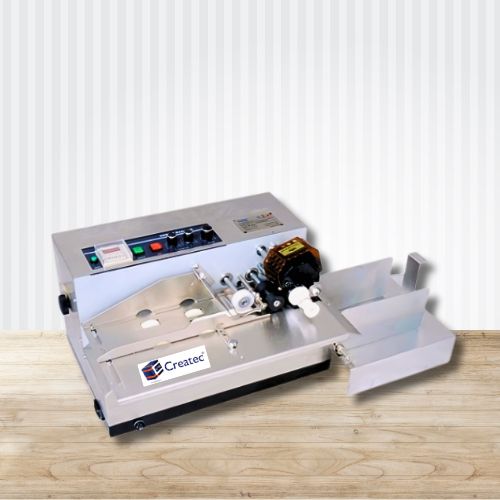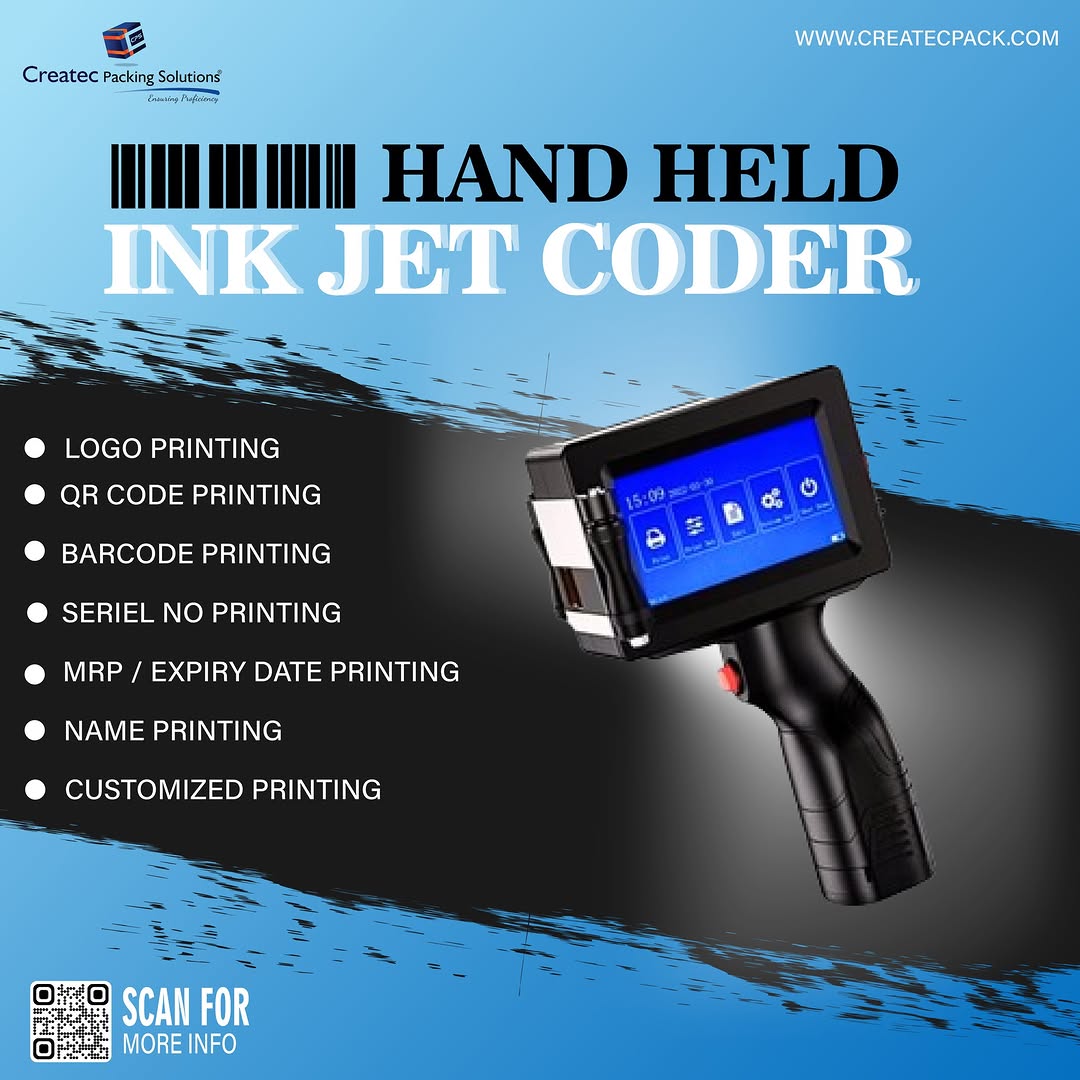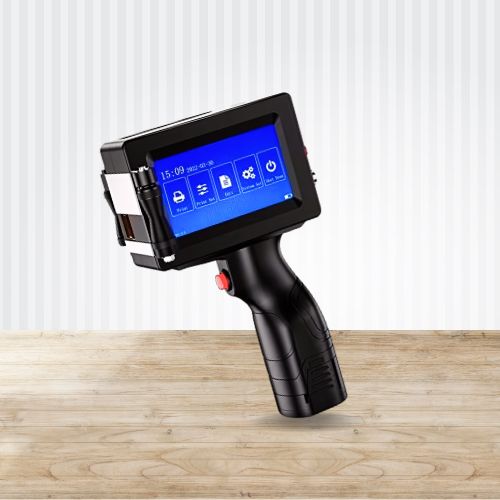Product Description
A pad printer
is a type of printing machine used to transfer inked images onto various substrates, typically three-dimensional objects with irregular shapes. It’s commonly used in industries such as manufacturing, electronics, automotive, and promotional products for printing logos, serial numbers, barcodes, and other information on items like plastic parts, electronic components, toys, and medical devices. Here are key features and aspects associated with a pad printer:
- Printing Method:
- Utilizes a silicone pad to pick up ink from an etched plate (cliché) and transfer it onto the surface of the object to be printed.
- Ink Types:
- Compatible with various types of inks, including solvent-based, UV-curable, and water-based inks, depending on the substrate and printing requirements.
- Substrate Compatibility:
- Suitable for printing on a wide range of substrates, such as plastics, metals, ceramics, glass, rubber, and wood.
- Ink Color Options:
- Offers the flexibility to use single or multiple colors of ink, allowing for multi-color printing and color blending.
- Print Size and Resolution:
- Capable of printing small- to medium-sized images with high precision and resolution, depending on the quality of the cliché and pad.
- Adjustable Printing Parameters:
- Allows for adjustments in printing parameters such as pressure, speed, and ink viscosity to achieve optimal print quality on different substrates.
- Automation Options:
- Available in manual, semi-automatic, and fully automatic configurations, with varying degrees of automation for printing processes.
- Cliché Preparation:
- Requires the creation of an etched cliché, which serves as the printing plate to transfer the image onto the substrate. Clichés can be made from various materials like steel, polymer, or photopolymer.
- Printing Setup and Alignment:
- Involves setting up and aligning the object to be printed using jigs, fixtures, or adjustable platforms to ensure accurate placement of the printed image.
- Quick Setup and Changeover:
- Designed for easy setup and changeover between different printing jobs, allowing for efficient production workflow.
- Integration with Production Lines:
- Can be integrated into existing production lines or used as standalone machines, depending on the production requirements and space availability.
- Cleaning and Maintenance:
- Requires regular cleaning and maintenance of the machine, including cleaning the cliché, pad, and ink cups, to ensure consistent print quality and prolong the life of the equipment.
- Safety Features:
- Equipped with safety features such as guards, interlocks, and emergency stop buttons to ensure operator safety during operation.
Pad printers offer a versatile and cost-effective solution for printing on a wide variety of objects, including those with complex shapes or textured surfaces. They provide high-quality, durable prints and are widely used in industries where customization and branding are essential.
